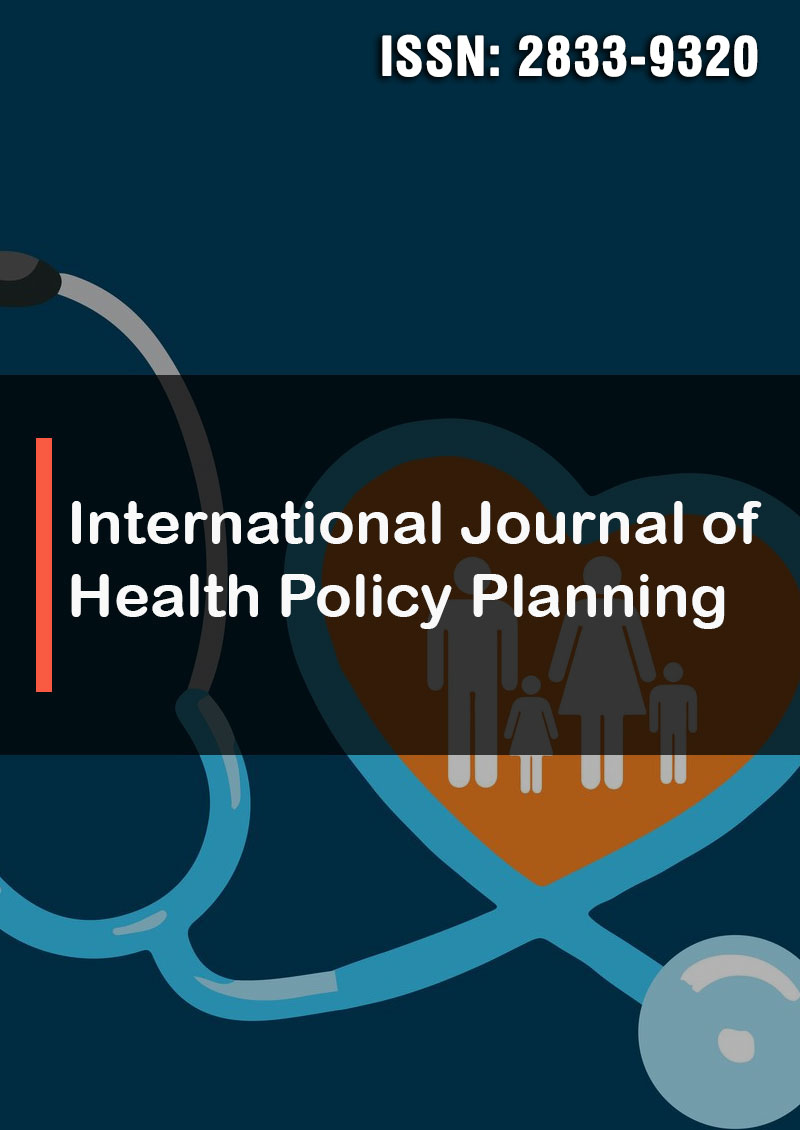Efficacy of Locking Compression Plate in Comparison with Intramedullary Nailing for Humerus Shaft Fracture
Abstract
Muhammad Mannan, Shazeen Eisha, Khandaker T Ahmed and Muhammad Ishfaq Mazar
Background: Humeral shaft fractures constitute approximately 5% of all fractures. Surgical fixation is commonly achieved using either intramedullary nails (IMNs) or locking compression plates (LCPs), each with distinct advantages. IMNs are valued for their minimally invasive approach, while LCPs offer superior stability and control over fracture reduction.
Objective: This study aimed to compare the efficacy of IMNs and LCPs in managing humeral shaft fractures, focusing on operative parameters, postoperative recovery, and functional outcomes.
Methodology: This retrospective case study was conducted at Sheikh Zayed Medical College/Hospital Rahim Yar Khan, including patients treated between March 1, 2018, and February 28, 2019. A total of 68 patients with humeral shaft fractures were reviewed. The patients were divided into two groups based on the surgical fixation method used.
• IMN Group: 34 patients underwent intramedullary nailing.
• LCP Group: 34 patients received locking compression plate fixation. Patients were followed retrospectively after their surgery for a period of one year. Data were collected on operative time, length of hospital stay, intraoperative blood loss, and functional recovery through a review of medical records and follow-up assessments
Results: Demographics: The mean age was 38.05 ± 11.5 years for the IMN group and 39.7 ± 12.3 years for the LCP group. Operative Metrics: The IMN group demonstrated significantly shorter operative times, reduced hospital stays, and lower intraoperative blood loss (P < 0.05). Functional Outcomes: Patients in the IMN group showed superior functional recovery, exhibiting better range of motion, enhanced strength, and improved ability to perform daily activities without pain or restriction.
Conclusion: Intramedullary nailing is a more effective treatment for humeral shaft fractures compared to locking compression plating. The benefits observed include reduced blood loss, shorter operative time, decreased hospital stay, faster bone union, and fewer complications. Therefore, intramedullary nailing is recommended as the preferred surgical approach for managing humeral shaft fractures.




